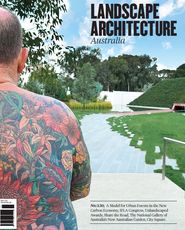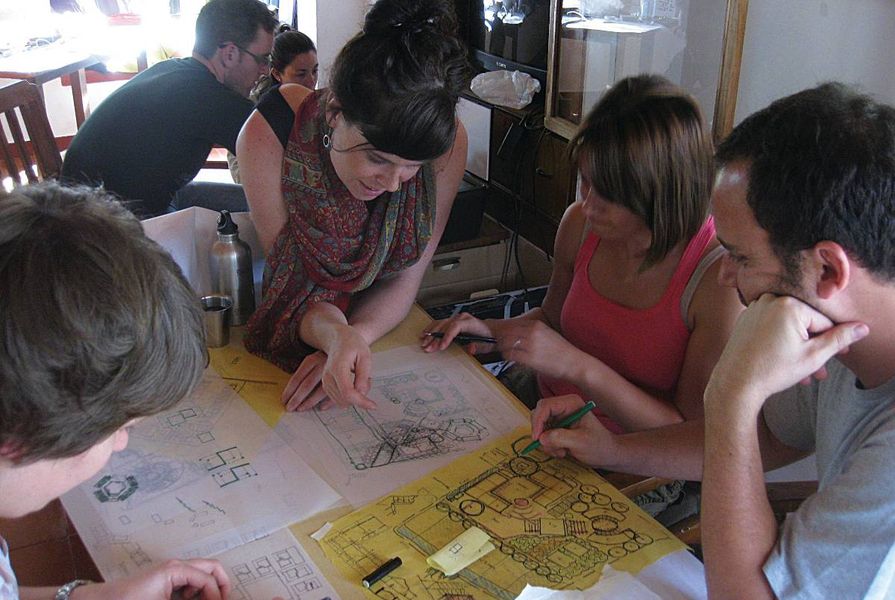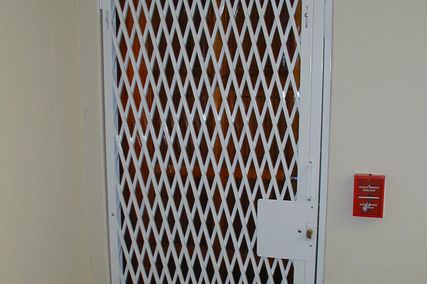In August 2010 I and twelve other built environment professionals, of varying experience, volunteered our time and expertise to a pro bono social development project in India.
Under the leadership of Lucinda Hartley and Kate Ferguson of [co]design studio, we engaged with an identified rural community and over three weeks researched and developed a masterplan for the first phase of a self-sufficient eco-residential school.
Initially we participated in a house-building program set up by our client, Global Citizens for Sustainable Development, as a platform for engaging with a rural community similar to the one intended to occupy our project. Over a week we assisted local masons in the construction of a modest house in Mallasandra, a small village community with a population of about five hundred. Nearly fifty kilometres north of Bangalore, the village is made up of predominately agricultural workers. At Mallasandra we developed an insight into basic Indian construction technology, the local vernacular and most importantly the dynamics of the village community. In addition, we undertook a series of mapping exercises analysing the village typology and its surrounding agricultural landscape. Several individuals assisted us by clarifying details of their village, its infrastructure, the fundamental principles of Vastu Shastra (a traditional Hindu system of design) and Indian village customs.
Interaction with these people was integral to our process. It initiated a psychological departure from the preconceptions of planning and urban design that we’d brought from Australia. Through them we encountered a realm of cultural exploration and discovery.
After the first week, my group had evolved into a team and began studying local precedents for our project. We discovered Lovedale, a bridging school on the edge of Bangalore city that prepares underprivileged children for the local school system. The project, funded and managed by Australian non-government organization 40K Home Foundation, was designed by Biome Environmental Solutions.
Lovedale is a beautifully simple example of a sustainable building using low-energy materials and water-sensitive and passive design appropriate to the tropical savannah climate. The architect responsible, Martin Laferriere, hosted us in the Biome office. Over hot chai, he presented us with the knowledge of local cultural and technical requirements he’d learned over several years of practice in Bangalore.
In the final weeks, the team established a makeshift studio and together produced the masterplan. Students from Bangalore University’s architecture faculty and local consultants dropped in to offer us more knowledge on a range of local considerations. This support proved immensely useful.
After three weeks we had masterplanned a school and living centre capable of providing its own energy, food, water and waste management.
While it is ongoing, my experience of this project to date has proven to be extremely rewarding. I’ve developed close relationships within the [co]design team and strengthened my conviction that as landscape architects we have the capacity to develop not only land but, through community engagement, individuals’ attitudes.
We were able to develop our masterplan largely through exposure to individuals who happily donated streams of local knowledge and professional advice. It seems that an individual acting for the benefit of their community is accepted as standard modus operandi in India. For me, as a professional familiar only with Sydney’s commercial environment, this is a refreshing phenomenon.
Back in Sydney, I wonder if the kind of knowledge sharing I experienced in India could occur between practices in my local competitive commercial environment. Could offices support one another by sharing what they have learnt about process or technical innovation without jeopardizing their competitive edge?
Imagine what the industry could achieve if we supported one another this way, increasing our capacity to steward the environment and ultimately strengthen the communities it supports, because after all, we’re all in the same sandbox here.
Source

Discussion
Published online: 5 Jul 2011
Words:
Martin Pell
Issue
Landscape Architecture Australia, May 2011


















